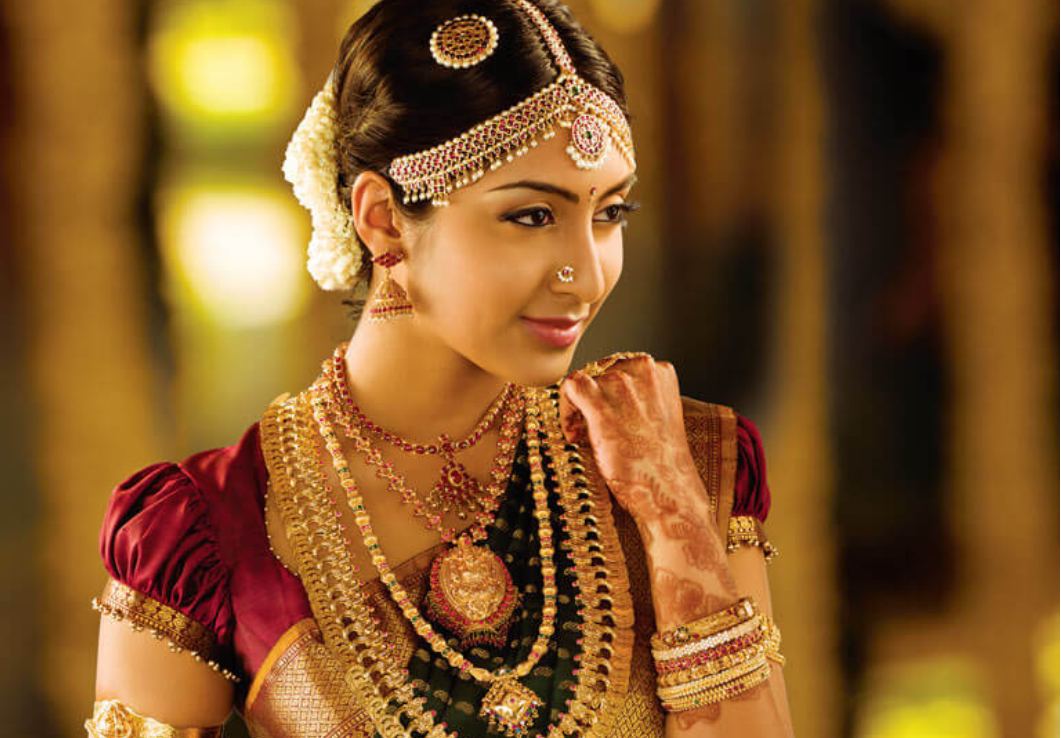Body Piercing as an Ancient Practice
Body piercing dates back over 5,000 years. Archaeological and written records reveal that it was practiced across continents, often as part of spiritual rituals, rites of passage, or social signaling.
Egyptian and African Traditions
Egypt:
- Nose piercings signified wealth and status.
- Ear piercings were found in mummies, including King Tutankhamun.
African Tribes:
- Lip plates and ear stretching marked tribal affiliation and beauty.
- Used materials like bone, wood, and metal to create intricate jewelry.
Indian and South Asian Piercings

- Ear and nose piercings have been part of Indian culture for centuries.
- Ayurveda associates nose piercing with reproductive health.
- Worn during weddings and ceremonies as a symbol of femininity and tradition.
Indigenous Cultures of the Americas
- Lip and nose piercings were common among Aztecs, Mayans, and North American tribes.
- Often used gold or obsidian jewelry for ceremonial and warrior status.
- Ear piercings were part of initiation rites.
Polynesian and Maori Piercing Rituals
- In Polynesian cultures, tattoos and piercings go hand in hand.
- Used for storytelling, tribal roles, and connection to ancestors.
- Maori ta moko often incorporated ear piercings.
Middle Eastern and Bedouin Traditions
- Nose piercings date back to biblical times.
- Bedouin women wore elaborate nose rings as part of dowry or marital symbolism.
European Piercing Practices

- During the Renaissance, ear piercing was fashionable among sailors and nobles.
- Believed to improve eyesight and indicate world travel.
Modern Revival and Western Influence
- In the 1970s–80s, body piercing re-emerged in the West through punk and alternative movements.
- Now a mainstream practice seen as art, rebellion, or a form of cultural pride.
Conclusion
The history of body piercing is as varied as humanity itself. Across time and place, people have pierced their bodies for beauty, belief, and belonging. Understanding the cultural roots of this practice adds depth and appreciation to today’s global piercing trends.




